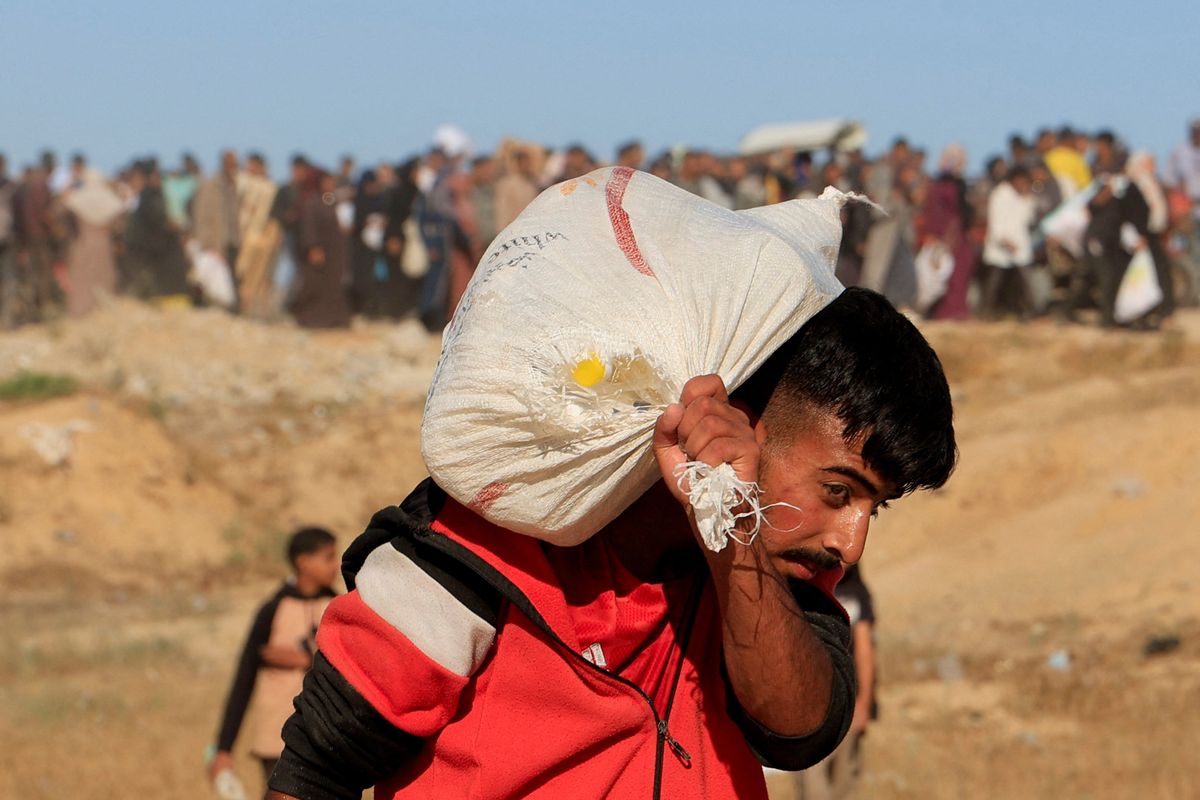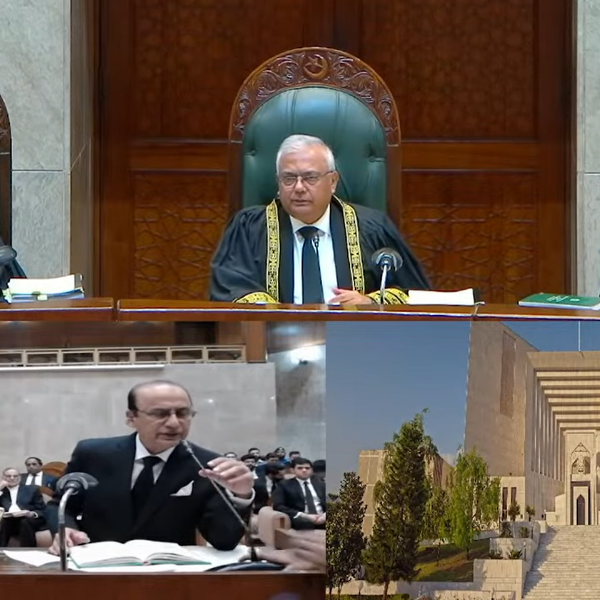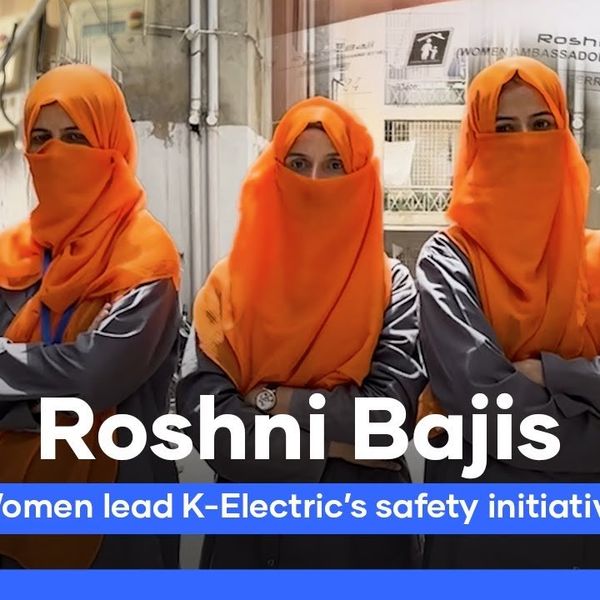Are flour bags distributed in Gaza aid centers laced with opioids?
In wartime Gaza, verification is nearly impossible. But Nukta digs deeper

Sidrah Roghay
Senior Producer
Sidrah Roghay is a storyteller at heart, with over a decade of experience in newsrooms across Pakistan, the US, and Turkey

A Palestinian carries a sack as he and others gather to collect aid supplies from the U.S.-backed Gaza Humanitarian Foundation, in Khan Younis, in the southern Gaza Strip, May 29, 2025.
Reuters
Alarming claims that flour bags from U.S.-linked aid centers in Gaza contained opioids are making the rounds on social media — and they’re raising serious concerns around the world
On June 27, Gaza’s government media office said it had received four testimonies from residents who claimed they found oxycodone pills inside flour bags distributed at aid centers. The office also warned that some narcotics may have been crushed or dissolved into the flour itself, making them harder to detect.
The claim quickly gained traction online, amplified by Palestinian pharmacist Omar Hamad and Dr. Khalil Mazen Abu Nada, a physician based in Gaza, who said these substances were aimed at incapacitating young Palestinians.
Hamad's account has since been taken off X.

On the ground
Nukta spoke to journalist Khaled Abu Amar in Khan Younis, a city in southern Gaza, who alleged that narcotics, cigarettes, and even Israeli currency notes were being used as psychological weapons to lure desperate civilians to aid centers, where they risk being killed.
" Israel and the United States placed 200-shekel ($60) bills of cash and cigarettes inside the aid packages ... They also placed nicotine and other stimulants to attract young people to the killing [aid] centers," he said.
"Israel committed an unimaginable evil when it when it was able to attract these young people daily, it places narcotic and deadly opiates inside bags of flour.
"Some of the drugs were dissolved and could not be distinguished, while others remained intact until they were discovered.
"These drugs are addictive and kill brain cells and the nervous system," he said.
“Israel claims it doesn’t want Hamas to control aid,” said Abu Amar. “But what happened is these centers have become death traps. People are forced to lie face down for hours, interrogated, arrested—and in some cases, executed.”
Abu Amar is not alone in calling the centers run by the controversial Gaza Humanitarian Foundation (GHF) death traps.
Since aid distribution was taken over by the U.S. and Israeli-led foundation in May, more than 500 Palestinians have been killed near aid centers or along aid transport routes, according to Gaza’s health authorities.

Under increasing international pressure to allow in aid, Israel through the foundation sought a way to handover aid to Gazans, but not Hamas.
But it has been criticized for politicizing something as basic as food aid and forcing vast numbers of people to walk through active combat zones to a handful of sites
On Tuesday, more than 170 humanitarian organizations, including Doctors Without Borders, Amnesty International, and Save the Children, signed a joint letter urging world governments to press Israel to end the GHF model and return to UN-led aid channels.
“Palestinians in Gaza face an impossible choice: starve or risk being shot while trying desperately to reach food to feed their families,” the statement read.
'Hamas propaganda'
For now, the foundation has strongly denied the accusation, dismissing it has Hamas propaganda.
“The flour we distribute is commercially packaged and not produced or handled by GHF staff. We have safety protocols that prevent any opened or tampered packages from being given out,” it said on X.
GHF further pointed out that the viral photos circulating online show no clear labeling, expiry dates, or lab testing results. “Just a story from a so-called ‘health official’ who appears to work for the Gaza Health Ministry, also known as Hamas,” it added.
The GHF has previously denied reports by international media outlets, including Associated Press that five people were killed outside one of its aid centers.
It has accused Middle Eastern news outlets The New Arab, The National, and Al Arabiya, of "spreading fake news".
Difficult to verify
Because Gaza remains an active warzone—with vast areas under rubble, telecommunications networks disrupted, and access tightly controlled by the Israeli military—it is extremely difficult to independently verify any claims.
While the claim that oxycodone has been found in Gaza flour bags is deeply unsettling and has sparked legitimate concern, there is no verifiable, independent evidence as yet to support it. Photos and anecdotal testimonies—however troubling—do not meet the threshold of proof without lab testing or third-party verification.
And in the chaos of war, independent fact-checking remains one of the biggest casualties.










Comments
See what people are discussing